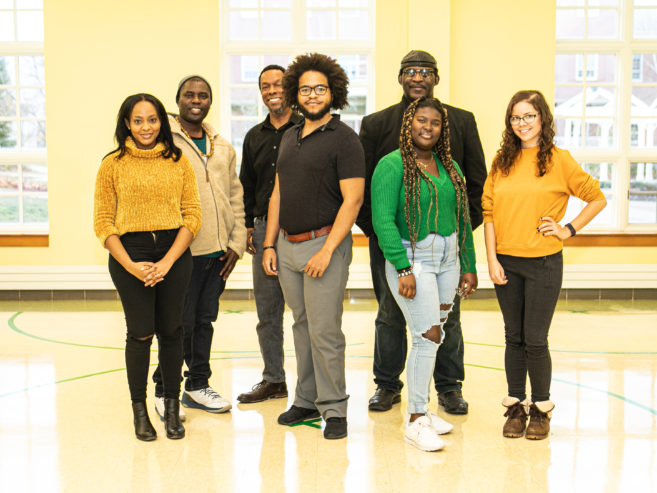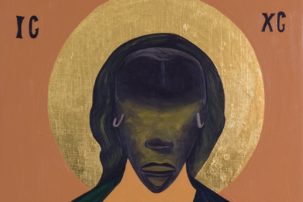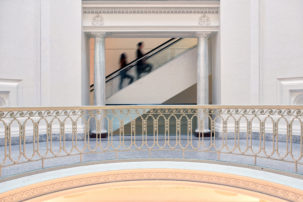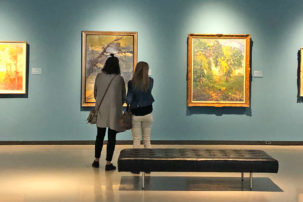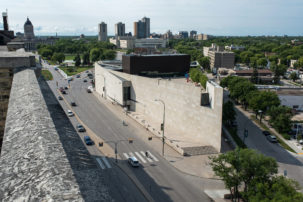This morning, the creation of a Winnipeg Indigenous Biennial was announced at the Winnipeg Art Gallery. Titled “To Draw Water,” the new biennial is due to begin in 2020, the same year the WAG is opening its Inuit Art Centre. “To Draw Water” is being curated by WAG curator of Indigenous art Jaimie Isaac and WAG/University of Winnipeg Indigenous art history chair Julie Nagam.
“Those two exhibitions—‘To Draw Water’ and the inaugural exhibition for the Inuit Art Centre—will take up pretty much the entire WAG space,” says Julie Nagam in a phone interview with Canadian Art. “I think that’s really important in opening an Inuit Art Centre in Treaty 1 and the homeland of the Métis.”
The exhibition’s title drives from an Anishinaabegmowin concept, and the show will reflect on “issues of sustainability, climate change, and the environment,” says a release. It will feature emerging, mid-career and established Indigenous artists based in North America, Australia and New Zealand.
“I think it will build on the existing work around the First Nations Curators Exchange we’ve been involved with for the last four years,” says Nagam. That exchange connects Indigenous curators in New Zealand, Australia and Canada. “The biennial will build on larger global frameworks for Indigenous art.”
In many ways, the WAG’s popular 2017 exhibition “Insurgence/Resurgence,” focusing on contemporary Indigenous art, offered a kind of test run for the biennial concept.
“I think [“Insurgence/Resurgence”] confirmed what Jaimie and myself already knew—it created a stronger opportunity for us to show that, in fact, we need a contemporary Indigenous art biennial,” says Nagam. “It won the Tourism Winnipeg Innovation of the Year Award. It drew a lot of people to Winnipeg nationally and internationally. And the people at the WAG were seeing a brand new demographic, a younger demographic, coming to the gallery.”
The Winnipeg Indigenous Biennial is being described by the WAG as “the first Indigenous biennial organized by a public art museum in Canada.” And as Nagam articulates, “We are able to get to this point because of all the hard work people have been doing up to this point. We stand on other people’s shoulders.” Among the many events, projects and exhibitions Nagam notes as influential on this front are the multi-venue 2011 exhibition “Close Encounters: The Next 500 Years”; the National Gallery of Canada’s 2013 quinquennial of Indigenous art “Sakahan”; SITE Santa Fe; and the Honolulu Biennial, which “by virtue of its geographic location has really strong Indigenous content,” says Nagam.
At the same time, self-determined curatorial practices are a priority—and the curators’ parallel practices as artists also has an impact. “Jamie and I are both practicing artists, so we like to think about it as a creative intervention as well,” says Nagam. “That is an intentional methodology.”
The biennial announcement this morning coincides with the creation of two new positions for Indigenous curators at the WAG: one is for a manager of Indigenous initiatives, while the other is for an assistant curator of Inuit art.
“It’s important in terms of institutions to think about decolonizing, and about working from a more self-determining standpoint,” affirms Nagam. “It’s really important for us to have Winnipeg be at the forefront of that kind of artistic revolution—Winnipeg has always been a site of radical activity, and a really strong site for Indigenous art.”

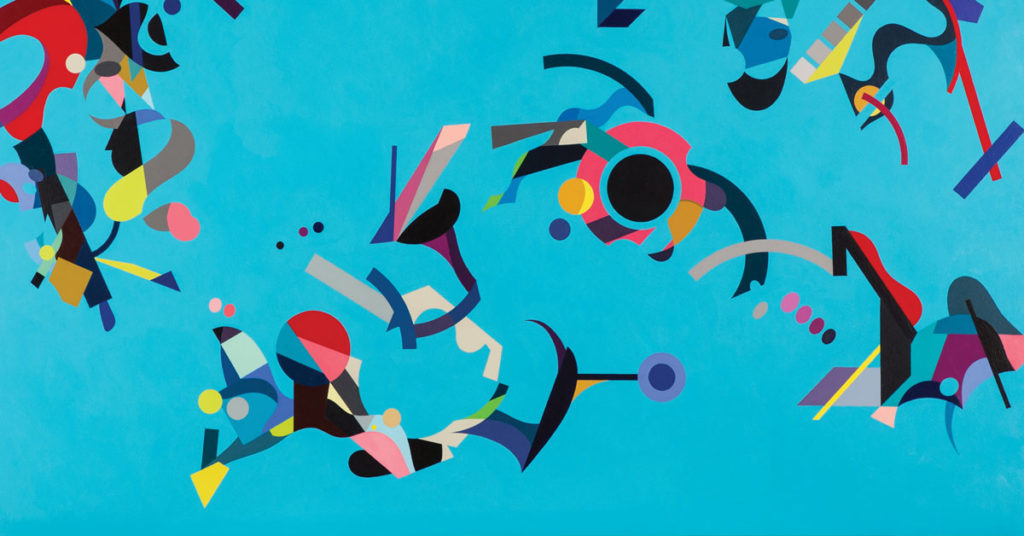 A detail of Dee Barsy’s My Four Grandmothers (2017), which was part of the acclaimed contemporary Indigenous art show “INSURGENCE/RESURGENCE” at the Winnipeg Art Gallery in 2017.
A detail of Dee Barsy’s My Four Grandmothers (2017), which was part of the acclaimed contemporary Indigenous art show “INSURGENCE/RESURGENCE” at the Winnipeg Art Gallery in 2017.
